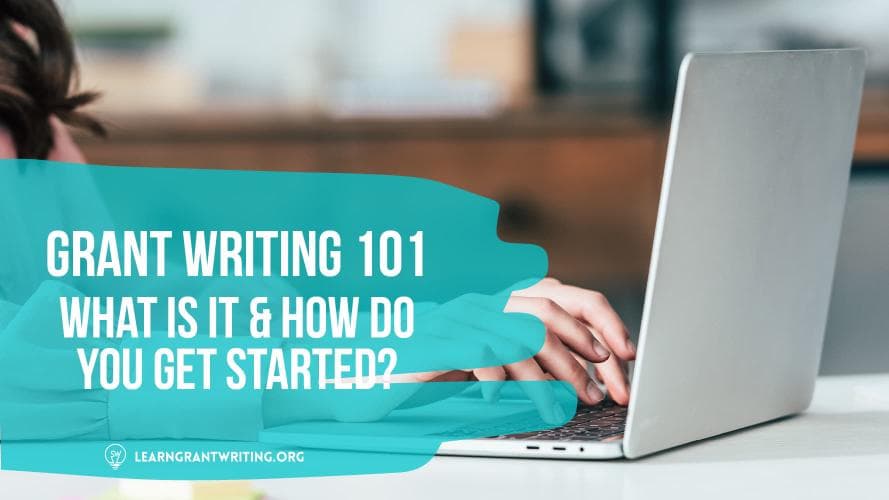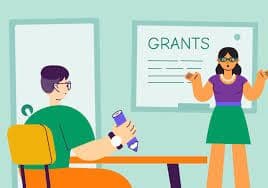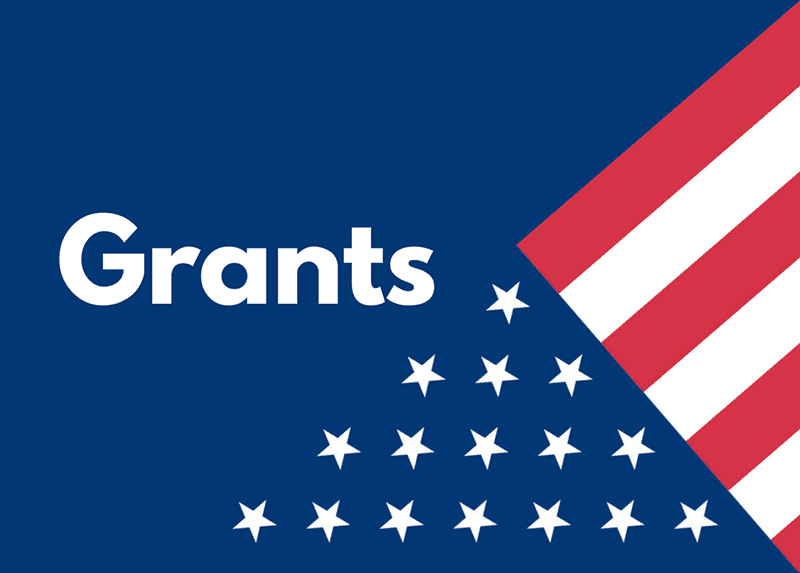
Intro to Grant Writing

Joshua Worden
Intro
Professional grant writers use clear, specific language to focus the reader’s attention, and to persuade the reader to fund their proposal. Learning to write successful grant proposals is no small task, but the writing process can become easier with practice and awareness of a few common missteps.
A Note on Following the Grantmaker’s Rules
No doubt, the first step of successful grant writing is to plan the project, but the second step is following the directions of the granting organization (called, the grantmaker).
In most cases, grantmakers require a(n): cover letter, executive summary, problem statements/need description, work schedule, budget, qualifications, conclusions, and appendices (or, supporting materials). Each section will have specific requirements and while keeping to a word limit is straightforward, being specific is less easy.

Following directions helps the grantmaker read applications efficiently. Specificity of content will not only vary by grantmaker, but also by proposal sections. For example, a grantmaker may limit your application in general terms for background information on the contexts of your proposal:
“Please tell the grant committee in 2 to 3 pages about the support your institution or community will provide for your project if your proposal is granted the requested funds.”





